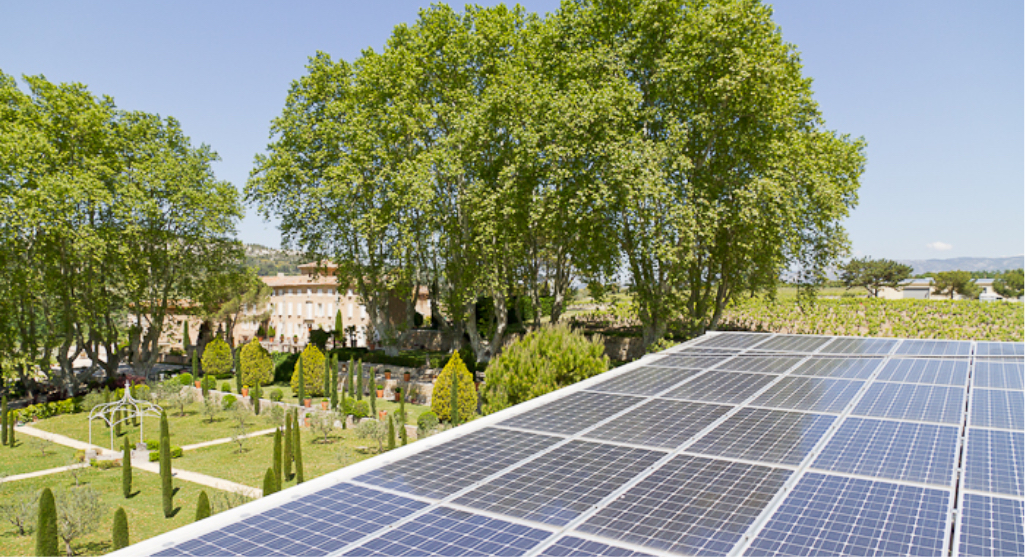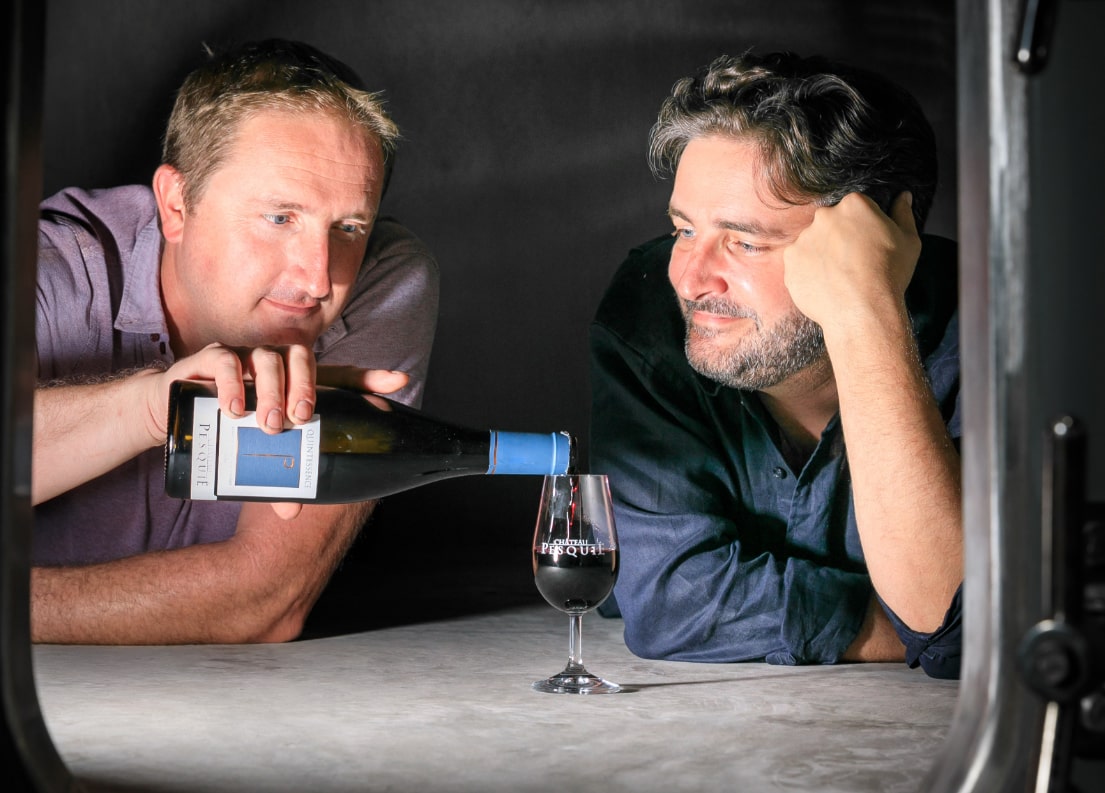The château
Over the centuries, the Château has passed through the hands of many noblemen, including the Counts of Mormoiron, the Marquis de Reilhanette, and the Lords of Maubec. For the last 50 years it has belonged to the Chaudière family who have managed to conserve the remarkable charm of this imposing Provencal construction. Its apparent serenity and natural elegance satisfy all the conditions of a splendid estate.
History of
Château Pesquié
A family adventure that began in the early 1970s
Odette and René Bastide, the grandparents of the latest generation, renovated Château Pesquié and began to structure the vineyard. They worked tirelessly, and brought production up to a very high level of quality.
The couple came to Mont Ventoux just when the area was becoming an AOC: the appellation was created in 1973. They were amongst the first to believe in the huge potential of this winegrowing area and to really put the emphasis on quality.
Édith and Paul Chaudière, the daughter and son-in-law of René and Odette, took over the family estate in the mid-eighties. They left the cooperative, created the Château Pesquié cellar and were fortunate enough to produce their first wines in 1990, a magnificent year!
Since 2003, Paul and Édith’s two sons, Alexandre and Frédéric, have taken over the reins and are thus continuing the family adventure with the same desire to offer the very best expression of the Ventoux terroir. Today Château Pesquié is one of the flagship wineries of the appellation and the southern Rhône Valley, and the latest generation definitely intends to keep the spark alive!
The Provencal word "pesquié" is used to describe a vivarium or pond and is related to the lexical field of water, a vital element in the dry climates of Provence. The castle itself is built on an exceptional site, with two springs crossing underneath it. There are over a dozen fountains in the grounds. It may be that there are still some water nymphs protecting this privileged spot!
Mont Ventoux,
climate & biodiversity
25 kilometres long, 15 kilometres wide, and peaking at 1912 metres above sea level, Mont Ventoux has a unique geological, cultural, and historical background, and is home to an incredible biodiversity.
Listed as a Biosphere Reserve by UNESCO in 1990 and more recently as a Regional Natural Park, it has earnt its nickname as the Giant of Provence. It is a crossroads between several worlds. It is known for its magnificent landscapes and is a bridge between the Provence irrigated by the plains of Comtat and the harsher, more arid Provence of the high plateaus. With its multitude of natural ecosystems and 55,000 ha of forest, Mont Ventoux is home to an exceptional biodiversity. These different landscapes are full of different plant species – green and white oak, beech, mountain pine, and all sorts of animals: stags, deer, wild boar, mountain sheep, chamois, over 120 species of birds, reptiles, etc.

A very favourable micro-climate
First and foremost, the terroir of Château Pesquié is one of the coolest micro-climates in the southern Rhône Valley. Secondly, it offers a great mineral diversity with mainly limestone soils. Without a doubt, Mont Ventoux creates exceptional conditions to produce great wines.
The winery is nestled between three villages: Mormoiron, Blauvac and Ville-sur-Auzon. The southern slope of Mont Ventoux receives high levels of sunlight. These optimal conditions for the health of the vines are further improved by the frequent gusts of the Mistral north wind, which almost immediately dries the rare rains.
Above all, the average altitude of the vineyard at between 250 and 400 meters above sea level, as well as the high variations in temperature between the days and nights, ensures excellent physiological balances for the vines and strengthens the colour, concentration, freshness, and balance in the wine. During the summer nights, the hot air rises towards the summit of Mont Ventoux and cooler air falls to the foothills. So, Château Pesquié is situated in the latest-ripening part of one of the highest and latest-ripening terroirs of the southern Rhône Valley: this is the guarantee of great finesse and elegance for its wines.
The Château Pesquié vineyard is set on fine gravel, clay-limestone hillsides. The soils offer a great diversity with a predominance of limestone (Urgonian) but also different types of clays, marls and some sands, bringing a great complexity in the wines. The Mormoiron basin offers one of the richest geological varieties in the Vaucluse. The ochres and warm-toned clays contrast with the white chalk and the grey-blue marls, presenting a beautifully varied landscape.
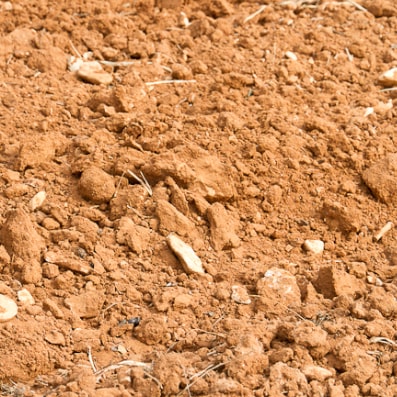
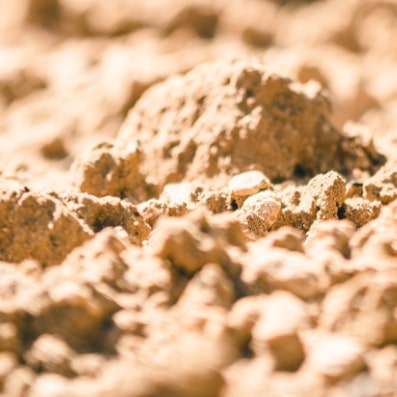
Château Pesquié's grounds

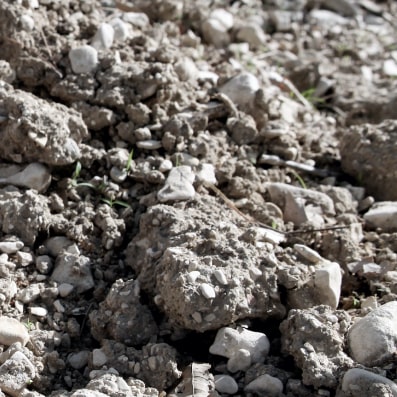
Mineral wealth and varietal diversity
Around a dozen varietals are grown at Château Pesquié. The complexity of its wines owes a great deal to the blending, which is a great tradition in the southern Rhône Valley. While the Château Pesquié vineyard is situated well to the south of the Rhône Valley, the altitude and coolness of Mont Ventoux also gives the terroir more northern characteristics. So, the two main varietals of the vineyard are Grenache, king of the southern Rhône, grown on almost 40% of the surface area, and Syrah, king of the northern Rhône, accounting for over 30% of the planted grape varieties. The other varietals grown are Cinsault, Carignan, Mourvèdre, Marselan, Roussanne, Viognier, Clairette, Grenache blanc, Bourboulenc and Chardonnay.
Organic agriculture &
Biodynamics

FOR SOILS
AND NATURE
Alexandre and Frédéric Chaudière learnt about biodynamics from Vincent Masson, and they now tend the entire vineyard using the main biodynamic preparations (horn manure, horn silica, organic composts, infusion of horsetail, nettle, yarrow, valerian, etc.). They have also worked hard on the plant cover, adapting the grass coverage and green fertilizers to each soil type and varietal.
Château Pesquié wines express the coolness of the Ventoux terroir, with respect for the purity of the fruit and the saline flavours of its mineral diversity. This is precise work, from the parcellary approach in the vineyard to the choice of coopers and different containers for winemaking and aging (barrels, demi-muids, concrete eggs, stainless steel or concrete vats, etc.).

At Château Pesquié, the expression of the unique Ventoux terroir and the preservation of the vineyard (the vines are 40 years old on average) are ensured by sustainable and responsible practices.
In 1993, Château Pesquié was the first cellar to be selected by the Farre network, which stands for “Forum de l'Agriculture Raisonnée et Respectueuse de l'Environnement” (Forum of Reasoned Agriculture Respecting the Environment). Since then, the vineyard, which is also followed by Ecocert, has gradually switched to organic agriculture: the first parcels were certified organic back in 2007.


Ensuring that the Château Pesquié estate respects its ecosystem was also a priority from the outset. It is built as a continuation of a hillside and blends perfectly into the landscape. The cellar is covered by a layer of planted earth which provides good insulation from the outside temperatures. Since the facilities are partially underground, the harvest arrives at a higher level and can be transferred into the vats by gravity. What’s more, the buildings that are not covered by planted earth are home to solar panels and, in fact, the estate produces much more electricity than it uses.
